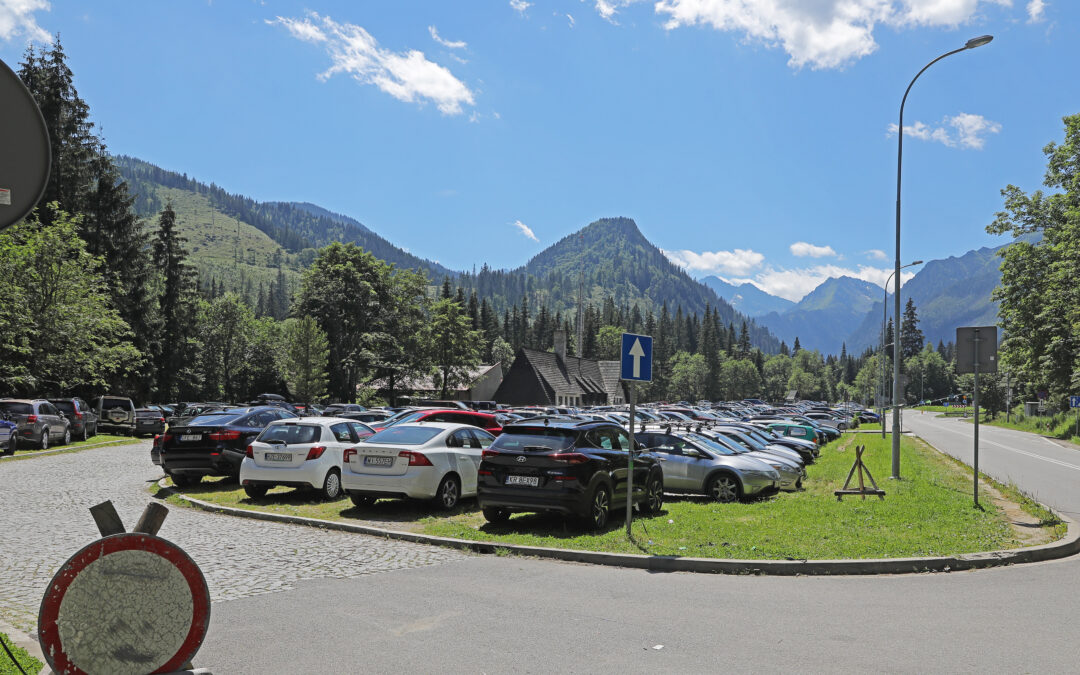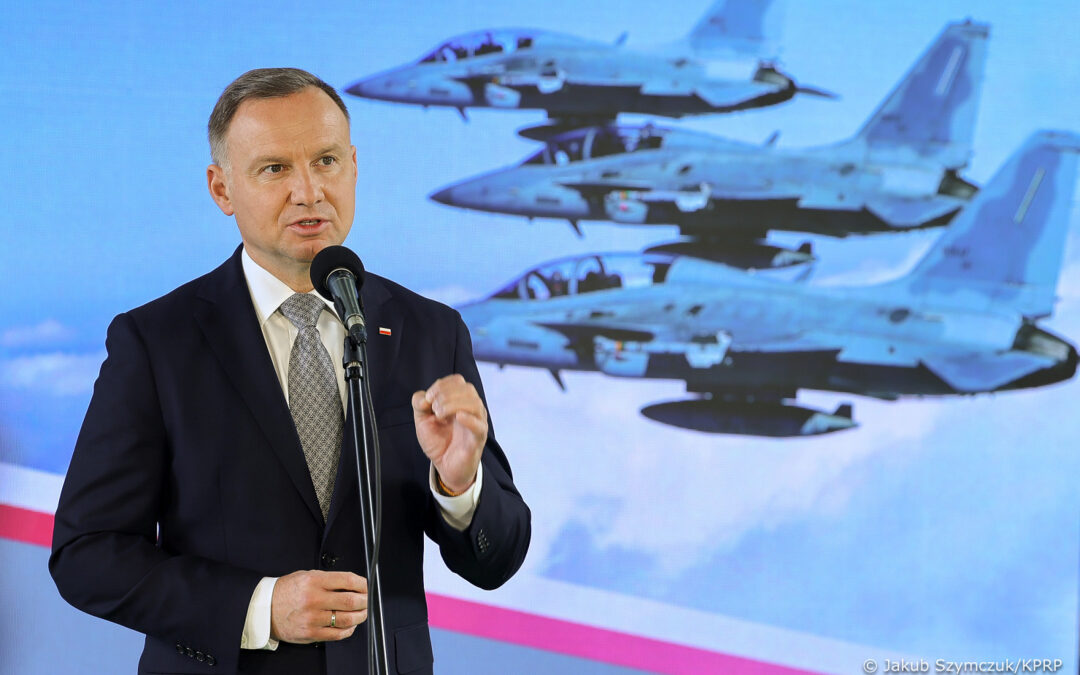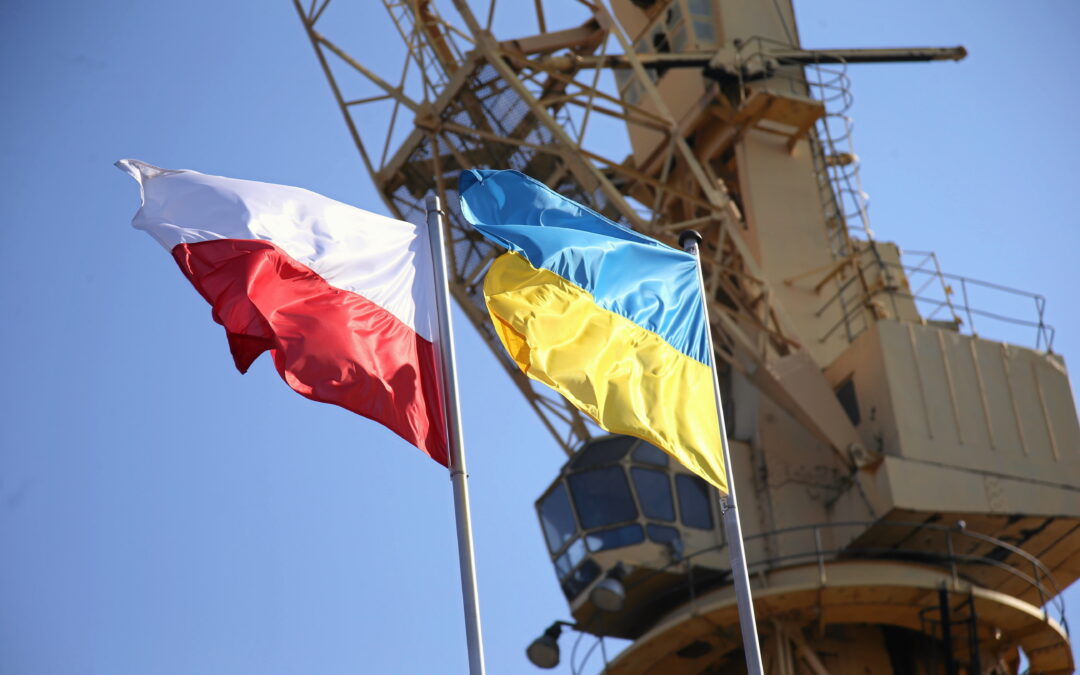Long queues to enter mountain trails such as the Tatra National Park, as well as four-hour waits to board the Kasprowy Wierch cable car, have been reported as crowds have flocked to Poland’s tourist spots amid uncertainty over international travel as a result of the coronavirus epidemic.
Many Poles have opted for “staycations” this summer instead of holidaying abroad, with other resorts across the country also seeing an influx of tourists in recent weeks. With cases of Covid 19 in Poland currently on the rise, questions are ongoing about the reinstatement of border shutdowns, making international travel a risky option.
The government has also been behind a drive to promote Polish tourism, including the launch of tourism vouchers for families last month. However, recent photographs of Polish tourist attractions packed with visitors have also raised safety concerns.
Yesterday, tourists were left waiting for hours to enter popular trails in the Tatra National Park, as warm conditions attracted hundreds of hikers to the mountains. Photographs showed crowds of visitors forming snaking queues on the Slovak side of Rysy, the highest mountain in Poland, which lies on the border between Poland and Slovakia.
Kolejka na Kasprowy… bez maseczek pic.twitter.com/6s3tT7zMKO
— Dariusz C. #SilniRazem (@CichockiD) July 30, 2020
Others had to wait at least four hours to reach the ticket office for the cable car to the top of the Kasprowy Wierch peak, reports Polsat – meaning that it would have been quicker to walk up to the summit.
Officials said that holidaymakers began to arrive early, with small traffic jams forming on the roads leading into the national park by 5.20am. By the early morning, there were no available parking spaces close to Morskie Oko, the largest lake in the Tatras.
Tourists wishing to use the car park must use an online reservation system designed to ease congestion, but no spaces are available over the next few days.
“I am surprised that tourists go to the Tatra Mountains at similar times and on similar days,” Szymon Ziobrowski, director of the national park, told Polsat. “The consequence of this is queues.”
Trails and attractions in other mountain areas are also congested, reports Polsat, including queues lasting several hours in the Karkonosze on the Polish-Czech border.
Tłumy pod Śnieżką niezdecydowane, czy bez bonu turystycznego na pewno chcą wchodzić na górę pic.twitter.com/CHK9vanIcC
— Adam Torchała (@atorchala) July 27, 2020
A survey by the Polish Tourist Organisation taken in June revealed changes in Polish travel habits, with nearly two thirds of Poles (64%) now saying they had changed plans as a result of the chaos caused by the coronavirus pandemic. A vast majority (82%) of respondents planned to holiday at home this year, with only a small number (13%) saying they would go abroad, and 5% undecided.
This is a slight drop from the 87% of respondents who preferred domestic travel in a previous version of the survey taken in April, at a time when the coronavirus pandemic was sweeping across Europe. However, it is a marked change from past holiday trends, when larger numbers of Poles have sought holidays abroad.
In the latest survey, two thirds of those planning to holiday in Poland said they would travel over 200 kilometres from their place of residence, but one in four claimed they would not leave their region. One in three tourists hoping for a staycation also revealed they would be spending less this year than in previous years.
Even more Poles may also decide to holiday at home after recent warnings that quarantine requirements could be reinstated at the Polish border.
Cases of coronavirus in Poland have been edging up in recent days. On Friday, the second new record number of infections in consecutive days was reported (657). Government spokesperson Piotr Müller told Polsat that a quarantine for selected countries with higher numbers of cases was under consideration. This decision may be made within a matter of weeks, although Müller warned that the process could take days if a considerable outbreak occurred abroad.
“We are thinking about it because of what is happening in Spain and France,” said Müller. “I do not want to say which countries will be [subject to possible quarantine], but we honestly say that Poland is considering introducing such restrictions.”
“The situation may be such that in a country or a tourist centre where a group of Poles reside there is a large number of infections and then, in order not to increase the number of these infections in Poland, quarantine may be introduced.”
“The resumption of restrictions is possible, but we hope and we are striving for this not to be a lockdown as before,” he added.
In recent months, the government has been encouraging Poles to holiday at home. Last month, a tourism voucher scheme was launched for families, allowing them to receive vouchers of 500 zloty per child that can be spent on domestic holidays between now and 2022.
However, there are increasing concerns that crowds at tourist spots across Poland could pose a danger to health. With a spell of balmy weather, Polish beaches have been crowded with visitors, with photographs suggesting many were not keeping to social distancing restrictions.
#Władysławowo 27 lipca 2020 r. czyli bal dla koronawirusa.
Wielkie dzięki, @MorawieckiM ; ) pic.twitter.com/JdprJKnBXl— Aleksandra Zawisza (@AleksZawisza) July 30, 2020
Long queues have also been seen at tourist attractions in cities, such as Warsaw’s Royal Castle, as well as at the Moczydło Water Park, prompting warnings from the state sanitary inspectorate.
“Pools, parks and beaches are places that pose a potential threat in the holiday season,” said spokeswoman Joanna Narożniak, quoted on Radio Eska.
Main image credit: Agencja Gazeta/Marek Podmokły

Juliette Bretan is a freelance journalist covering Polish and Eastern European current affairs and culture. Her work has featured on the BBC World Service, and in CityMetric, The Independent, Ozy, New Eastern Europe and Culture.pl.



















